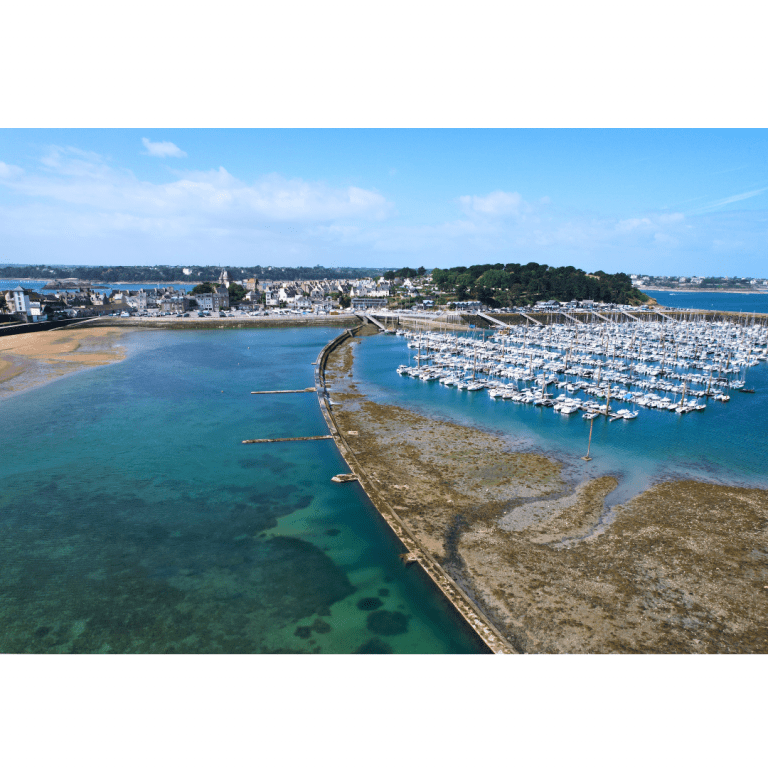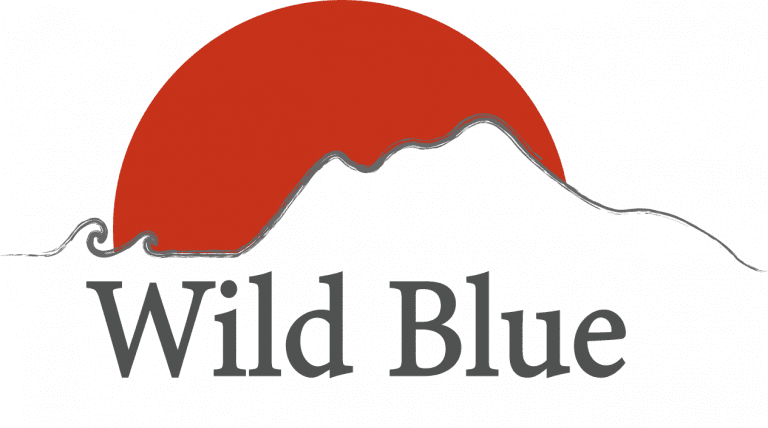Underwater Forests in Danger in New Zealand
Welcome to the depths of Wellington in the south of New Zealand’s North Island. In this article, we invite you to discover another facet of this country by delving into the underwater forests and the riches they harbor. We encountered a multitude of interrelated issues that greatly intrigued us.
Indeed, the surface area of underwater forests is decreasing, threatening biodiversity. Kelp forests, habitats formed by large seaweeds, serve as a refuge for many marine animals. During our world tour, we had the privilege of meeting people actively involved in the restoration of these underwater forests. As explorers, we share our adventure and reflections on this challenge, its stakes, and associated risks.
A Fragile Marine Ecosystem
It all starts with an intriguing observation: the surface area of giant kelp is diminishing in Wellington Harbour. This phenomenon is significant because giant kelp and other large brown seaweeds play a crucial role in the life cycle of many fish in New Zealand. These seaweeds act as shelters, nurseries, and vital food sources.
As with all ecosystems, when the overall balance is disrupted, it triggers a chain reaction.
- A decrease in kelp forests means less refuge and food for fish, which are the main predators of Kina, the endemic New Zealand sea urchin.
- There are not enough predators to regulate the sea urchin population, promoting their proliferation.
- With increasingly abundant sea urchins, they overgraze on kelp forests, which struggle to grow. Young shoots are devoured before reaching maturity, thus losing the chance to serve as nurseries for fish that prey on sea urchins. the forest gets thinner. This exposes sponges and other soft marine life to currents and predators they wouldn’t normally face. Fish, a dietary staple for New Zealanders and the Maori population, are directly impacted by this vicious circle
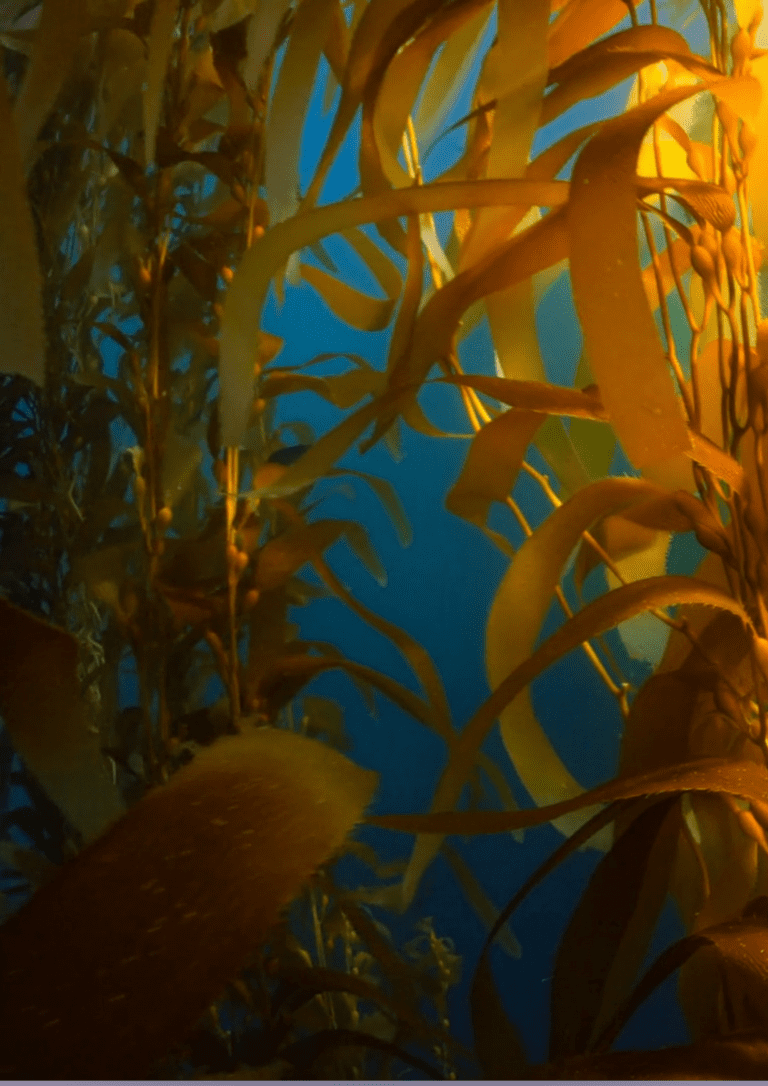
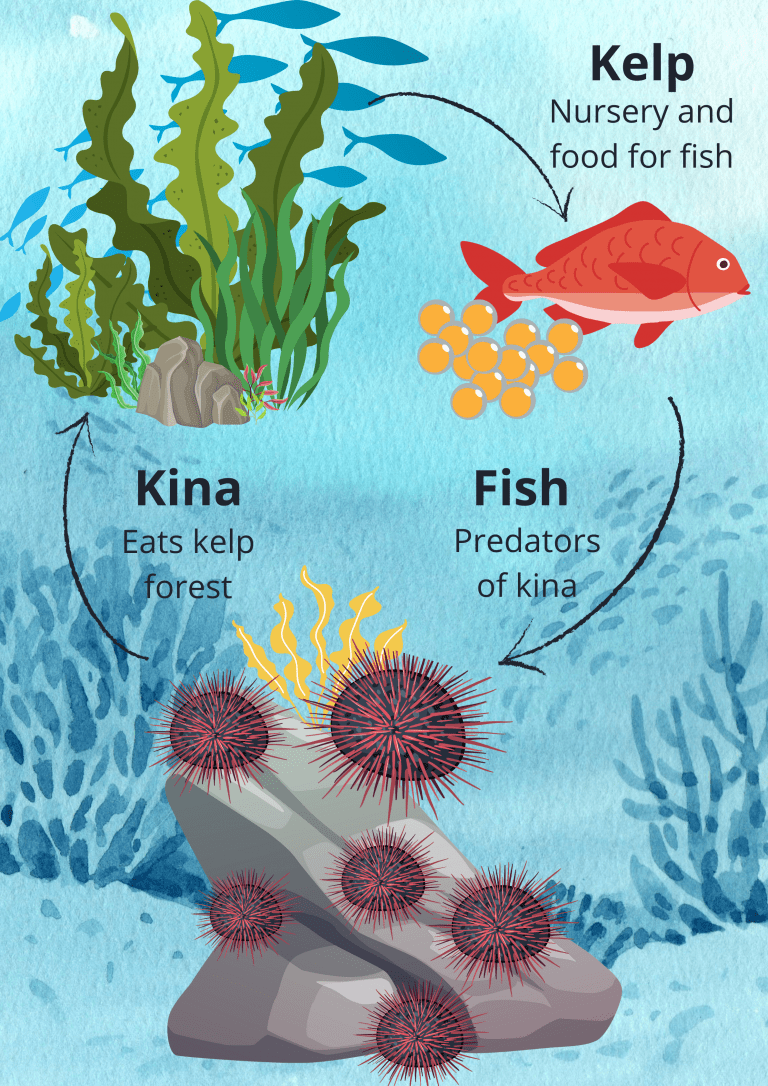
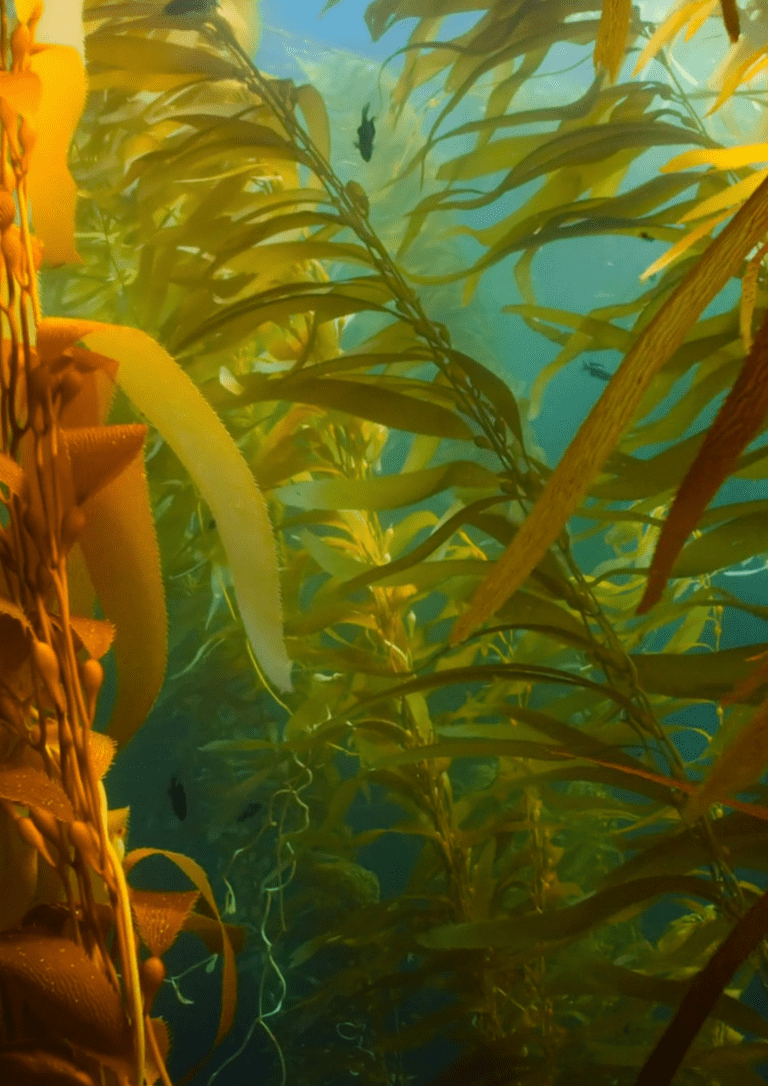
The Impact of Human Activities on Underwater Forests
If sea urchins are too numerous to allow for normal kelp forest regeneration in New Zealand, we can only highlight the essential role of human activities in this issue.
- Massive deforestation in New Zealand is a primary explanation. By clearing trees to establish pastures for livestock (primarily cows and sheep), soils become less stable, and sediments runoff more heavily into the oceans. These sediments remain suspended in the water column, blocking the sunlight necessary for photosynthesis and the development of the kelp forest.
- Overfishing only exacerbates the problem. By reducing the number of Kina predators such as snappers or lobsters, sea urchins thrive even more.
- Climate change is also a real concern for the sustainability of giant seaweeds in Wellington Bay. These seaweeds tolerate temperatures above 19°C poorly and have more difficulty reproducing. However, temperatures recorded in recent years show that this 19°C limit is increasingly reached regularly, and temperature peaks are getting higher. This is referred to as marine heatwaves.
Projects to Protect Underwater Forests
1. Educating and Raising Awareness the Population
Educational Programs
Mountains to Sea Wellington delivers inspiring freshwater and marine education programmes for schools and community groups. They lead awareness initiatives to alert the population to this environmental issue. They offer educational programs to young people in schools to raise awareness from an early age.
They provide Experiencing Marine Reserves (EMR) program, which is a national program exploring marine conservation and local marine reserves. Students learn about marine biodiversity, human impacts, and the importance of marine reserves for the conservation of our oceans.
Since July 2022, 72 school classes took part in their education programmes. Since 2008, it is more than 41,000 people have been involved in their programmes and projects.
Public Events
Mountain to Sea Wellington organizes free public events in the picturesque Wellington coast, offering guided snorkeling tours and immersive seaweed tours to explore the native seaweeds of the region. These events not only allow participants to witness the beauty of marine life firsthand but also serve as platforms for understanding the intricate roles seaweeds play in New Zealand’s oceans, including their connection to climate change.
The team comprises dedicated volunteers who are passionate about marine conservation and eager to share their expertise with the public. We had the opportunity to take part in one of their seaweed tours, where we focused on the diversity of seaweeds that inhabit Wellington area. The experience was enriching, culminating in a tasting session of freshly harvested seaweeds—a true celebration of local marine biodiversity!
While we were unable to participate in the free snorkel event due to the inclement weather, we highly recommend this activity for those wishing to learn more about the underwater world and the biodiversity it harbors. Swimming alongside the fishes in the crystal-clear waters of Wellington is an unparalleled experience. In 2023 alone, the community snorkel days attracted 629 participants.
2. Restoration of Underwater Forests: the crucial role of Citizen Science
The Love Rimurimu Project is piloting the regeneration of seaweed forests in Wellington. The project team works closely with scientists on an underwater forest regeneration project. Launched in July 2021 for a duration of 5 years, and supported by Citizen Science, they identify locations most conducive to the growth of giant seaweeds, seeking optimal conditions for their development. At the moment, there are 6 established sites of restoration including 1 experimental site, analyzing the sedimentation impacts, and another one site managed by students.
Unfortunately, only 30% of the recently planted underwater seaweeds have survived. This significant loss is attributed to environmental conditions (temperature, light exposure, etc.) and the storage methods of the seeds. Furthermore, research indicates that certain seaweed species exhibit greater resilience to climate change, while giant kelp stands out as one of the most vulnerable species to temperature spikes. Therefore, selecting the right species is paramount and could potentially reshape the underwater landscapes as we currently know them!
3. Other Initiatives
Environmental Monitoring and Collecting Data
In Wellington, crucial environmental parameters such as water temperature and seaweed coverage on seafloors are diligently monitored to create ideal conditions for the proliferation of young shoots. Since 2016, a dedicated group of citizen science divers has been actively engaged in monitoring giant kelp populations in Wellington Harbour, meticulously documenting the impact of water temperature fluctuations on local kelp forests.
The work of the citizen science divers also inspired further education and engagement activities and the Love Rimurimu Projects. For detailed insights into the project’s progress, you can explore the ongoing documentation here.
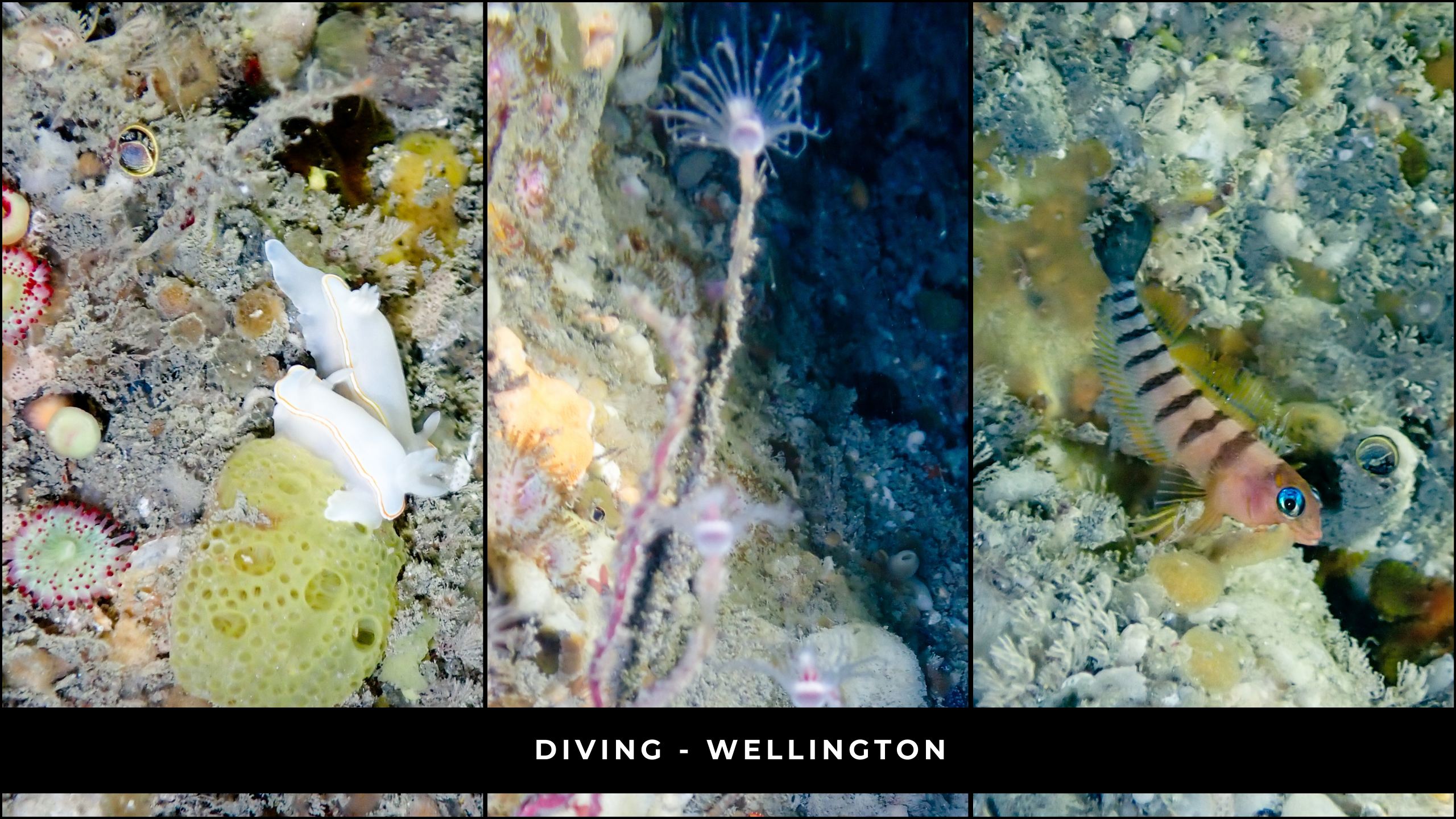
Kina removal to support kelp forest regeneration
Another project focuses on regulating sea urchin populations at regeneration sites by systematically removing them from their environment. By doing so, the project aims to enhance the survival prospects of seaweeds. Volunteers, operating under a Ministry of Primary Industry special permit, spearhead the removal of kina from targeted areas and closely monitor the subsequent effects.
Volunteers successfully extracted over 12,000 kina from a 250-meter stretch of shoreline in Wellington Harbour between December 2022 and February 2023, paving the way for the resurgence of seaweed growth in the area. You can find out here on this initiative.
Conclusion and Outlook
Despite the positive initiatives in place, we have yet to identify centralized actions to address these problems at their source. Overfishing, deforestation and urban runoff require centralized management at the national level, involving all stakeholders, from fishermen to farmers, each with different objectives.
Furthermore, these initiatives focus on specific sites in Wellington Bay. We wonder about the state of underwater forests outside of these controlled areas. The proliferation of sea urchins, for example, knows no boundaries and can devour algae beyond monitored sites. How can we protect these areas and track their evolution without centralized management? It is crucial to note that other alerts have already been raised by the University of Auckland, in the Noises Islands, highlighting the urgency of concerted and comprehensive action for the country.
We commend the motivation of project leaders who inspire their communities and share their knowledge. However, these projects often rely on a few key individuals and the voluntarism of the population, whose impact remains limited in terms of numbers and scope.
Despite these challenges, we are convinced that collective will for change and current projects can lead to sustainable solutions. These initiatives contribute to preserving the marine ecosystem. It is imperative to continue raising awareness, educating, and working collectively to preserve these unique underwater treasures.
For Further Exploration
- Discover this article by Nastasia Michaels (published in Geo Magazine) to learn more about algae and their potential role in combating climate change: “Les forêts sous-marines pourraient elles nous aider à lutter contre le changement climatique?”
- To understand the effects of temperature on the development of underwater forests, this scientific article is very interesting: “Effect of temperature on sporulation and spore development of giant kelp (Macrocystis pyrifera)”
- To learn more about marine heatwaves and their consequences on marine biodiversity, the France Inter podcast “les canicules marines: les océans en ébullition” is very rich and clearly explains the mechanisms of oceanic heatwaves.
- Over the years the divers have documented the impact of water temperature on local kelp forests. You can read about the project in the Quest Magazine
- Find educational programs implemented by Moutains to Sea Wellington Wellington and citizen science actions (restoration of underwater forest surfaces) on Love Rimurimu website.
- The consequences of sea urchin proliferation in the Noises Islands near Auckland analyzed by the University of Auckland: Dartnall 2022 – The extent of kina barrens over time at Hauturu-o-Toi and the Noises Islands
Related Articles
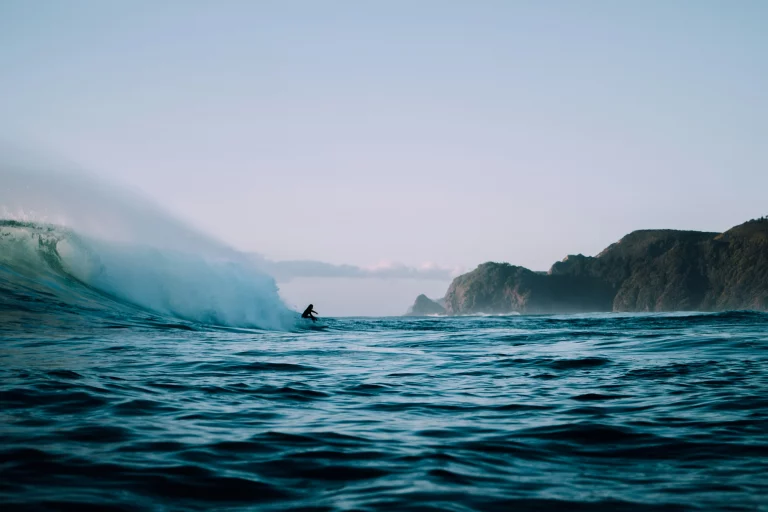
Ecological Surfwax: Beeswax-Based Wax
